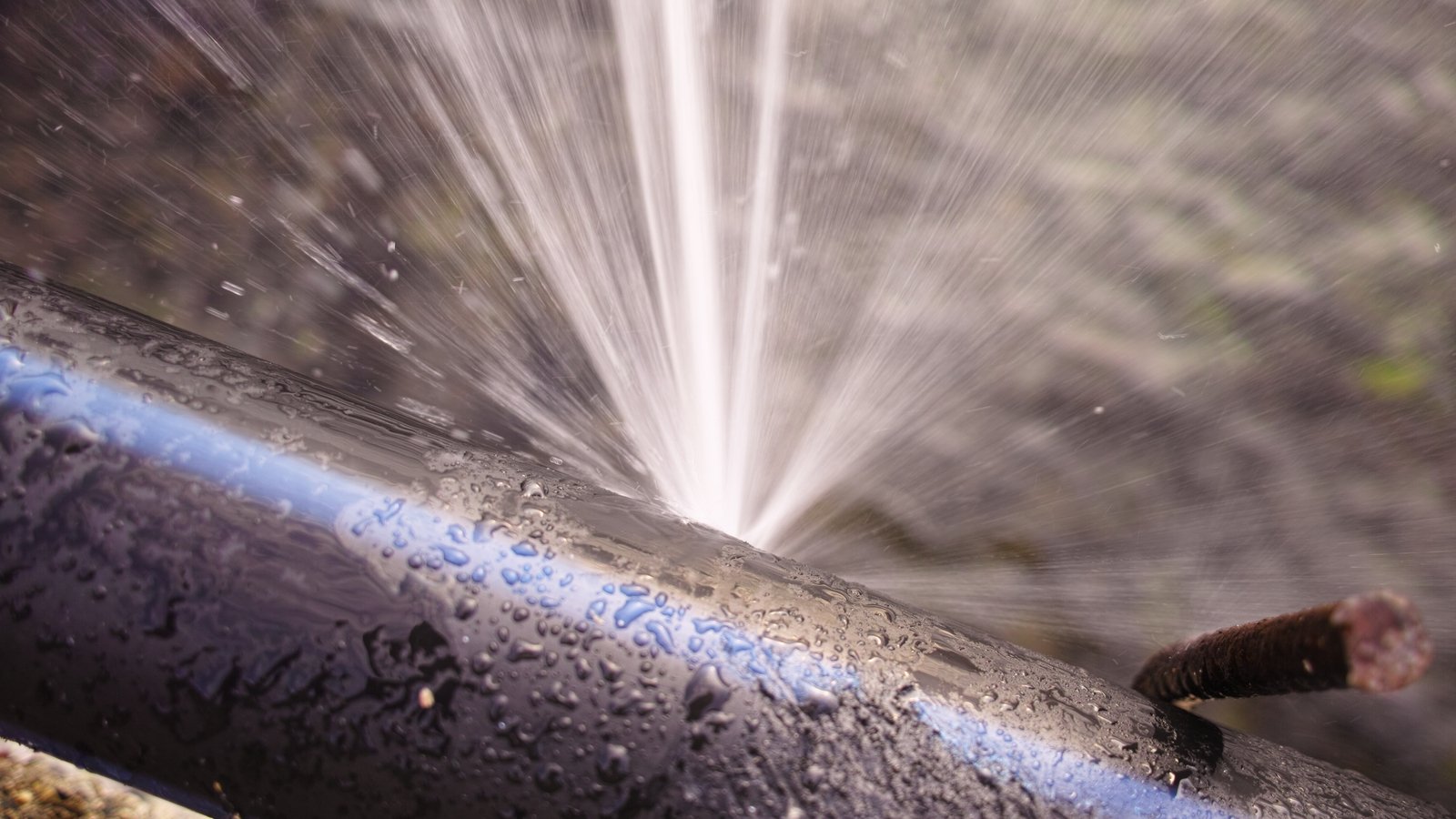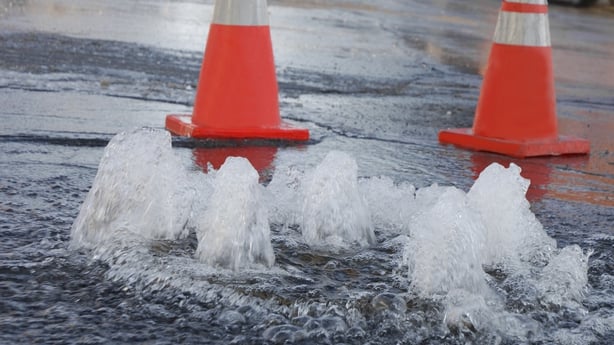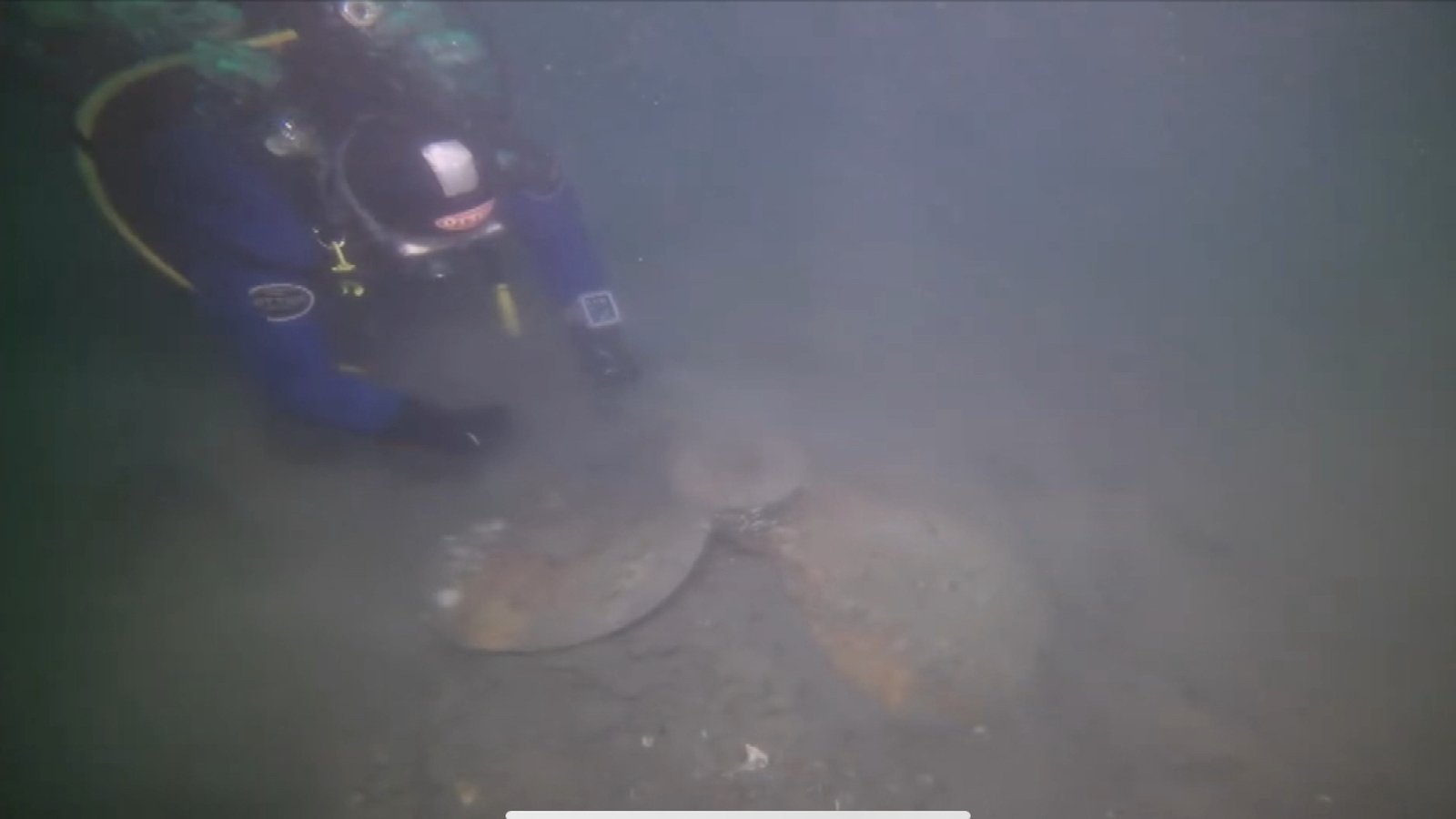Reducing leaks not enough to save Dublin’s water supply

“It’s safe to say that anybody who works in the Water business will have a job for life”.
That’s what Stephen Burke, Uisce Éireann’s Regional Operations Manager tells me. We are standing beside a long open trench at Newcomen Bridge on Dublin’s North Strand Road.
Looking down, we see an assorted tangle of filthy pipework, live high-voltage electric cabling, gas pipes, a 25cm cast iron water main caked in mud, and a very long shiny blue tube that he tells me is a new temporary replacement water pipe.
It’s a dangerous-looking jumble to me. I wouldn’t touch it with a barge pole, but to Stephen Burke and his team, who have the job of upgrading underground water pipes and fixing leaks in the capital this is par for the course. It’s what they look at every day.
“That water main there has been live since the late 1800s,” he says. “It doesn’t owe us anything. But as you can see, it’s not that straightforward to just dig it up and put in a new one.”
We all get a bit fed up with massive amounts of water being wasted because of leaking underground pipes in our towns and cities.

Uisce Éireann says 37% of drinking water nationally, and 33% in the Greater Dublin Area, is lost to leaks before it ever reaches our taps.
But what I’m learning on my little field trip is that it’s neither quick, simple, nor cheap to fix it, or replace the pipes.
“We often say you have to dig with a spoon in the city, because some of this material can be quite corrosive. And this is typical of what you come across when you dig a hole in the older parts of Dublin,” Stephen says.
He tells me there is maybe 9,000km of underground water mains in the Greater Dublin Area, and probably ten times that amount in plumbing and pipework on the private side, in people’s homes. And there is plenty of water leaking on both sides.
Read More:
Public urged to conserve water as demand in parts of Dublin regularly exceeds supply
Water supply in Dublin is on a knife edge as restrictions expected during summer months
Fast action needed amid pressure on water supplies
Uisce Éireann says there are currently over 14,000 homes in the Greater Dublin Area where domestic water meters are showing a constant water flow, indicating a leak on the homeowner’s property.
It estimates that more than 400 of these properties have large leaks of over 5,000 litres of water a day.
Compare that to a standard oil tank for central heating which holds 1,000 litres. These homes are leaking five times that amount each day.
Not only is this impacting on ensuring a sustainable supply of drinking water for everyone, it could also be causing damage to those homes.
Leakage reduction is a complex process. Most of the leaking happens underground so it’s not necessarily visible. This is partly why so much precious water is lost.

Uisce Éireann talks about having over 63,000km of water pipes underground around the country and says that’s enough to circle the earth one-and-a-half times.
It says it fixes about 2,000 leaks every month. Much of the pipe network is buried beneath power, telecommunications, gas and other networks, just like at Newcomen Bridge.
As a result, it can cost twice as much to carry out water mains rehabilitation and replacement in cities as it does in rural areas.
But progress is being made. In 2018 the rate of leakage nationally was 46%. By 2023 it was down to 37%. The plan is to reduce it further to 25% nationally by the end of 2030 and to 20% in the Greater Dublin Area.
If those targets can be achieved it would save 200 million litres of clean drinking water from being wasted every day and make for a far more reliable supply.
But would the boost to the water supply from fixing all those leaks be enough to provide the much-needed headroom to ensure security of supply in the Dublin area? Could it remove the ongoing fear about water restrictions and conservation appeals?
On that issue Stephen Burke is emphatic.
“No,” he says.
“With the best will in the world, even if we get leakages down to 20% by 2030, the population is growing very rapidly. We’re seeing huge increases in commercial consumption. So even after fixing the leaks Dublin’s water supply will still be on a knife-edge.
“There were several days in January where water demand for the Greater Dublin Area exceeded the amount of water we were able to produce in our treatment plants. And we had them all running at maximum production,” he says.




